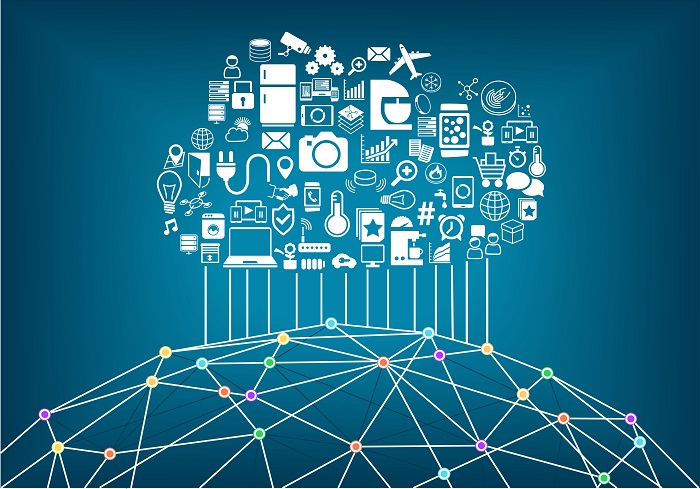
The Internet of Things can seem more like concept and theory than hard, incontrovertible fact at times, but recent research might suggest that the IoT is approaching a breaking point that could see connectivity become a defining point in the lives of urban residents everywhere.
According to a recent report conducted by Gartner, the Internet of Things is set to see a marked increase in not only the number of connected devices but also in the ways municipal organizations leverage them. In particular, Garner estimated that in 2016, smart cities could see a rise of 39 percent in the number of IoT-enabled devices connected to the wider grid, which would bring the overall figure up to 1.6 billion.
Bettina Tratz-Ryan, vice president of research at Gartner, said that a strong 2016 will set the stage for the commercial sector to reap the benefits of IoT growth, though that will hardly be the only area to prosper from a larger and more robust network of connected devices.
“Smart commercial buildings will be the highest user of Internet of Things until 2017, after which smart homes will take the lead with just over 1 billion connected things in 2018,” Tratz-Ryan said in a statement. “Especially in large sites, such as industrial zones, office parks, shopping malls, airports or seaports, IoT can help reduce the cost of energy, spatial management and building maintenance by up to 30 percent.”
Part of this growth can be attributed to municipal governments finally throwing regulatory weight behind initiatives designed to emphasize the future of IoT in structures and spaces being designed and constructed now. For example, Tratz-Ryan explained that the U.K.’s building information modeling mandate, which requires all public sector construction from 2016 onward to comply with certain technological benchmarks, is setting a foundation that future IoT developments will be able to thrive off of.